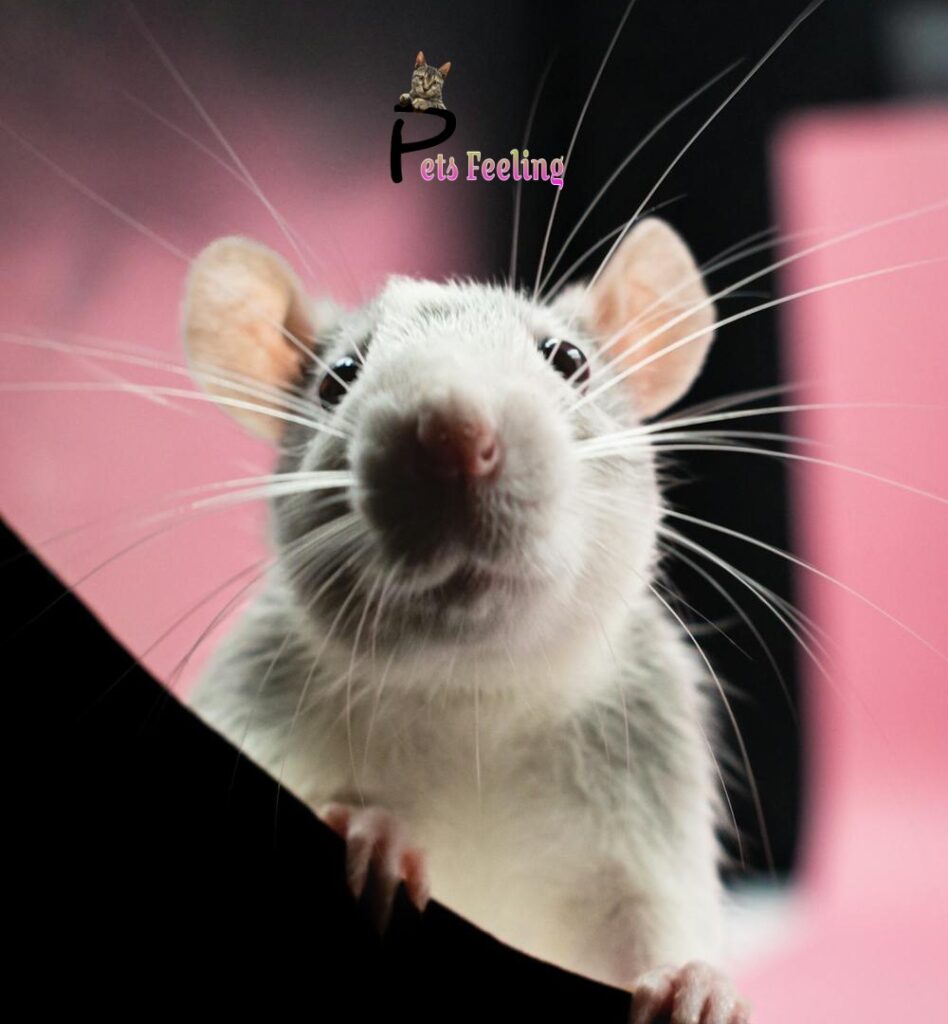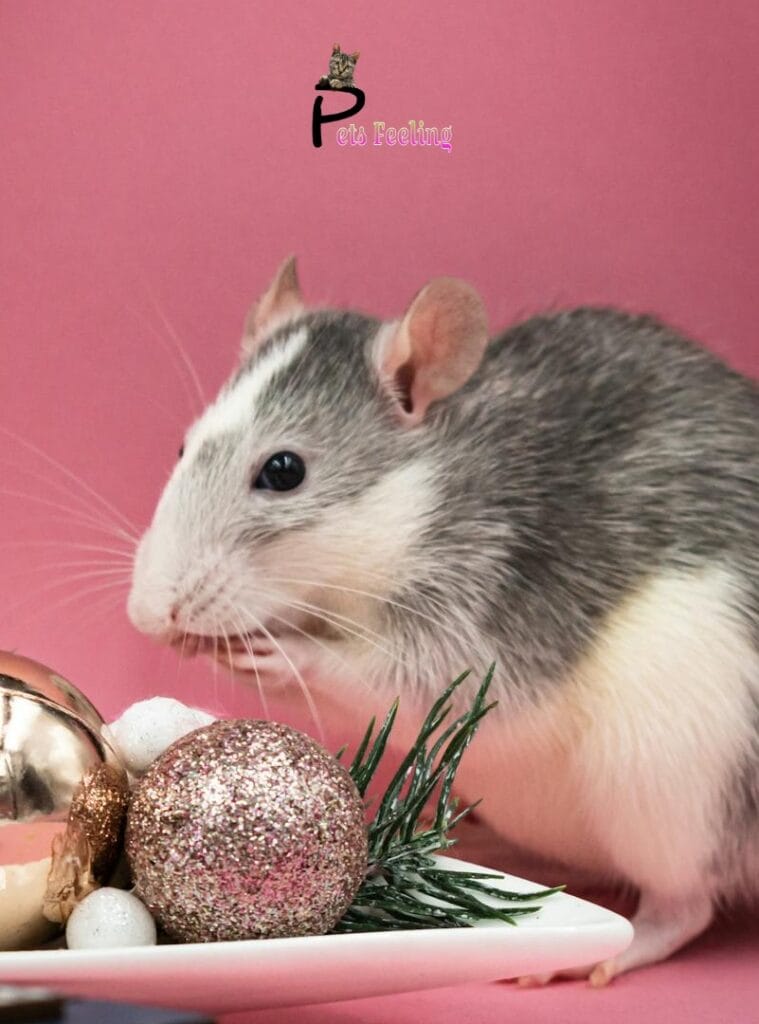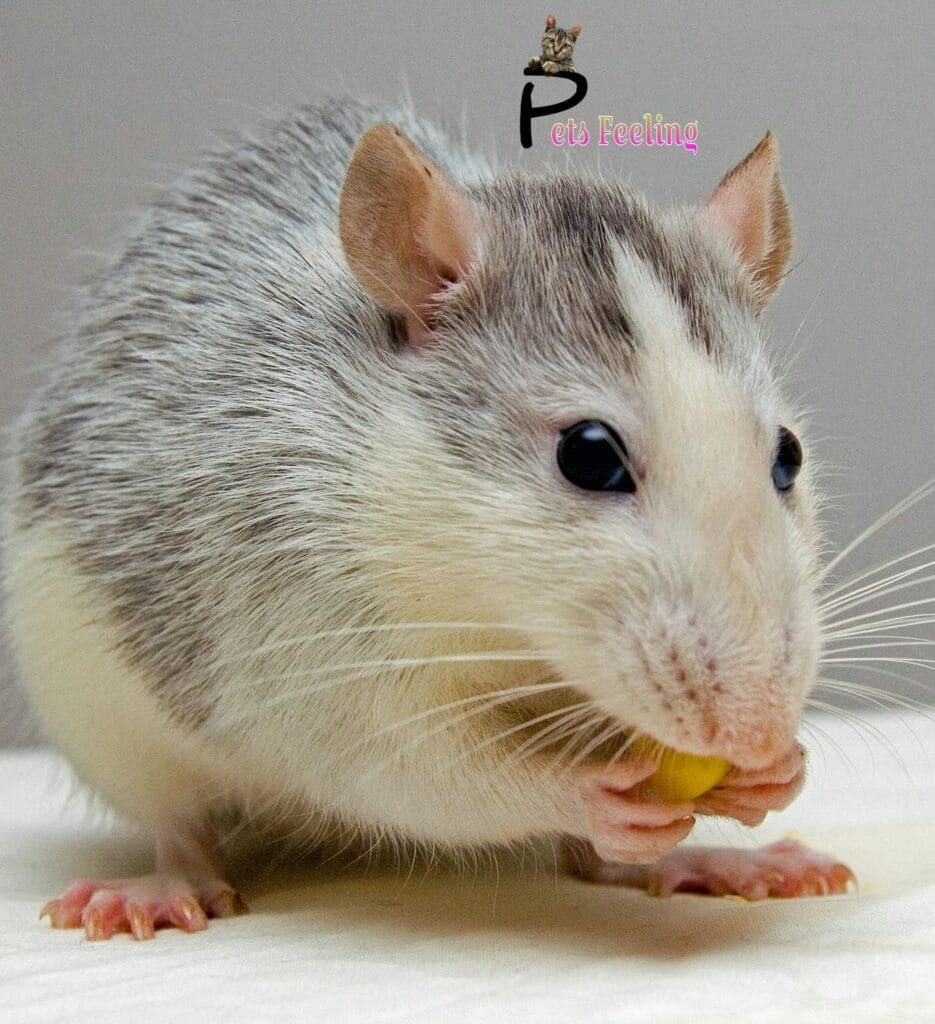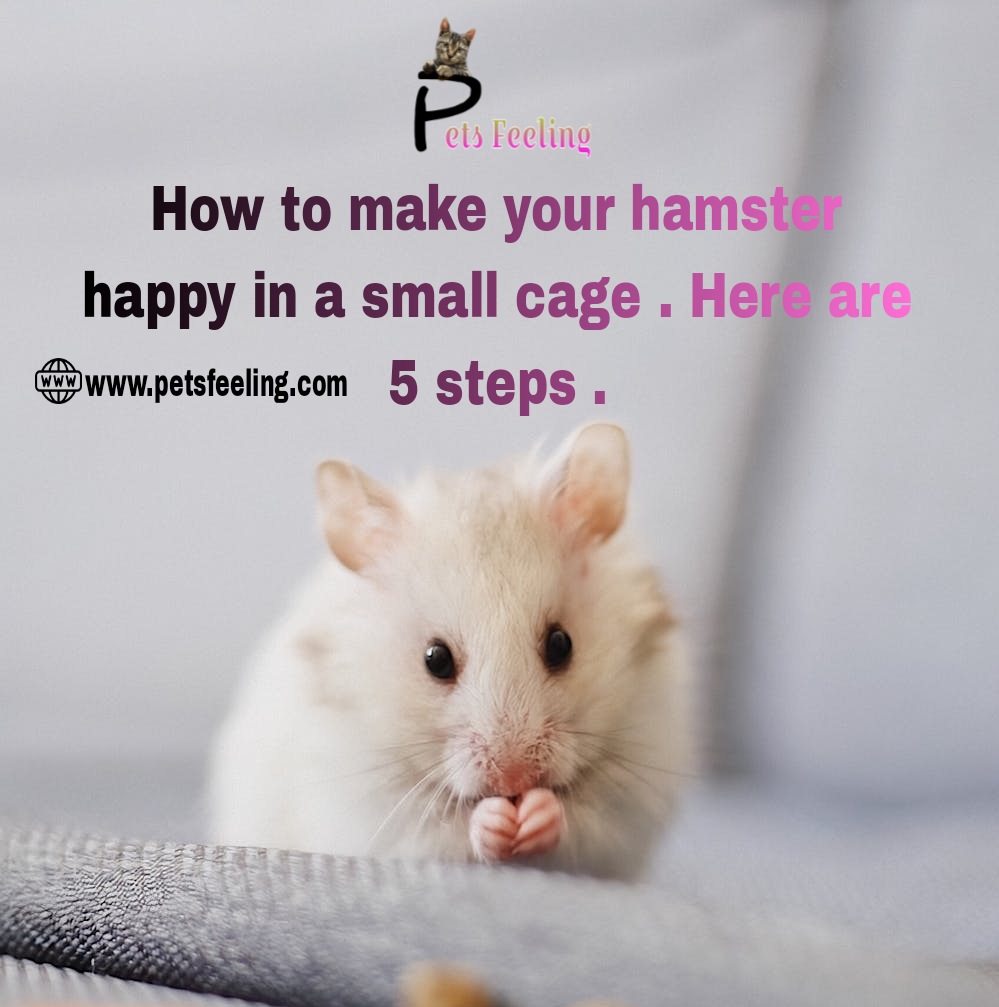how to make your hamster happy in a small cage. here are 5 steps
Do you have a small cage for your beloved hamster? You might wonder, “Can a hamster truly be happy in a confined space?” The answer is a big “yes!” With the right approach, you can make your hamster’s home joyful and enriching, even in a small space. ( hamster happy )
In this article, we’ll show you 5 key steps to make your hamster happy and healthy, no matter the size of their cage. By understanding their needs, adding fun activities, and building a strong bond, you can make your hamster content and thriving.
Key Takeaways
- Hamsters can thrive in small cages with the right enrichment and care
- Recognising signs of contentment and stress in your hamster is crucial
- Enhancing the living environment with suitable toys and hiding spots can boost happiness
- Regular exercise and playtime are essential for a hamster’s physical and mental well-being
- Building a strong bond through positive reinforcement and socialisation can contribute to a joyful pet-owner relationship ( hamster happy )

Understanding Your Hamster’s Needs
Keeping our hamsters happy and healthy is key. Knowing their hamster behaviour, hamster psychology, and hamster body language helps us spot when they’re content. It also lets us see when they’re stressed and need our help.
Recognising Signs of Contentment
A happy hamster shows certain hamster behaviours and hamster body language. Look for: ( hamster happy )
- Bright, alert eyes and a relaxed, inquisitive posture
- Frequent grooming and nest-building activities
- Playful exploration and interaction with their environment
- A healthy appetite and regular sleeping patterns
Identifying Stress Behaviours
Hamster stress behaviours show when our pets are unhappy. Signs of hamster stress and hamster emotions include:
- Excessive or repetitive scratching or digging
- Sudden changes in sleeping or activity patterns
- Refusal to eat or drink, or sudden weight loss
- Aggression or defensive posturing towards the caregiver
Spotting these hamster welfare and hamster wellbeing signs helps us keep our pet rodent happy. We can then support their hamster mental health and happiness. ( hamster happy )
Hamster Happy: Enhancing the Living Environment
Creating a comfy and fun living space is key for your hamster’s happiness, even in a small cage. As rodent lovers, we know how vital it is to make your hamster’s home right. This supports their natural ways and keeps them well. ( hamster happy )
To set up a hamster-friendly environment, think about these things:
- Choose the right bedding for burrowing and nesting, like aspen shavings or paper litter.
- Make sure there are plenty of hiding spots and nesting materials for their security and privacy.
- Add fun environmental enrichment items, like tunnels, wheels, and chew toys, to spark their natural curiosity.
By adding these to your hamster housing, you’re on the right path. You’ll be giving your hamster a hamster-friendly environment. This supports their hamster wellbeing and pet rodent care. ( hamster happy )
“Ensuring your hamster’s habitat meets their unique needs is the foundation for a happy, healthy pet.”
For a happy hamster, a well-thought-out hamster enclosure setup is essential. It should meet their rodent care needs and encourage their natural small animal welfare. ( hamster happy )
Enrichment Activities for Mental Stimulation
Hamsters are smart and love to stay active. To keep them happy and prevent boredom, add fun activities to their day. These activities help them stay healthy and bring them joy. ( hamster happy )
Puzzle Feeders and Foraging Toys
Puzzle feeders and foraging toys are great for your hamster. They make your pet work for their hamster treats. This taps into their natural instincts to search and solve problems.
These toys come in many designs, from simple to complex. They offer a fun challenge for your hamster.
Foraging toys mimic nature by hiding hamster treats in different spots. This makes your pet search and find their food. These interactive hamster activities meet their needs and encourage natural behaviour. ( hamster happy )
- Puzzle feeders to challenge and engage your hamster
- Foraging toys that simulate natural foraging behaviours
- Varied hamster toys to prevent boredom and promote hamster socialization
Adding these enrichment activities to your hamster’s life makes it more exciting. It ensures they stay mentally stimulated and happy.

Facilitating Exercise and Playtime
It’s vital to give your hamster lots of chances for exercise and playtime. A hamster-friendly environment that promotes exploration and activity boosts their happiness. Here’s how to create a safe and fun play space for your pet rodent. ( hamster happy )
Setting Up a Hamster-Safe Play Area
To make a hamster-safe play area, remember these important points:
- Make sure the play area is safe and can’t be escaped from. Check for small gaps or ledges that could trap your hamster. ( hamster happy )
- Add hamster-friendly toys and structures like tunnels, bridges, and running wheels. These encourage physical activity and natural foraging behaviours.
- Use a deep layer of bedding or substrate for your hamster to burrow and explore freely. ( hamster happy )
- Include hiding spots and nesting materials. These meet your hamster’s instinctual need for safety and comfort.
Creating a stimulating and hamster-friendly environment supports their physical and mental well-being. This leads to a happier and more content pet. ( hamster happy )
“A well-designed play area is not just a luxury, but a necessity for the overall health and happiness of your hamster.”
It’s crucial to make the play area fit your hamster’s likes and needs. Watch how they behave and change the environment to keep them happy and active.
Bonding and Socialisation Techniques
Creating a strong bond with your hamster is key to their happiness. We’ll look at ways to bond and socialise your furry friend. This will make them feel safe and happy with you.
Building trust through positive reinforcement training is vital. Reward your hamster with treats or praise for good behaviour. This makes them associate you with positive experiences, building companionship and trust.
Introduce yourself to your hamster slowly and gently. Start by placing your hand near their cage. Let them get used to your scent and presence. Gradually increase your interaction, watching their body language and emotions to keep them calm.
- Give your hamster enrichment activities like tunnels and chew toys. This makes them feel secure and engaged, improving their well-being.
- Talk softly to your hamster when they’re awake. This helps them get used to your voice and associate it with good times.
- Set up a play area outside their cage. This lets you interact safely, strengthening your bond and socialisation.
Building a strong bond with your hamster takes time and patience. By creating a nurturing environment and using positive reinforcement, your hamster will feel secure, content, and happy.
Conclusion
To make our hamsters happy, even in small cages, we can follow five simple steps. Making sure our hamster’s happiness and well-being is key. A happy companion brings us joy and happiness.
It’s important to notice when our hamster is happy and stress-free. We should also give them the right environmental enrichment and playtime. This helps their welfare and mental stimulation. A strong bond and socialisation make our companionship even better.
By caring for our hamsters well, we get happy, content pets. Let’s keep focusing on their needs. We want to give them the best life possible.

FAQ
How can I tell if my hamster is happy?
Look for signs of happiness in your hamster. They should be active, eat well, and play a lot. A clean, well-groomed hamster is also a happy one.
Stressed or unhappy hamsters sleep a lot, pace, or get aggressive. These are bad signs.
What are the best ways to enrich a small hamster cage?
To make a small hamster cage better, add toys and activities. This encourages natural behaviours like burrowing and climbing.
Try tunnels, hideaways, chew toys, and puzzle feeders. These challenge your hamster and keep them busy.
How much exercise does a hamster need?
Hamsters need lots of exercise and playtime. Give them at least 4-5 hours outside their cage each day.
Use a secure play pen or a hamster-proofed room. Make sure the play area is safe and free from dangers.
How can I build a strong bond with my hamster?
Start by spending time with your hamster each day. Offer treats by hand and gently interact with them.
Be patient and let your hamster get used to you at their own pace. With time and positive interaction, you’ll build a strong bond.
What should I feed my hamster to keep them healthy and happy?
Give your hamster a balanced diet. Include high-quality hamster food, fresh veggies, fruits, and occasional small portions of unsweetened cereals or nuts.
Stay away from sugary or high-fat treats. Always make sure they have clean, fresh water.
IMPORTANT ADDITIONS
Edited on , SEPTEMBER 26,2024
read more articles : https://petsfeeling.com/blog-2/
social media :
facebook : https://www.facebook.com/PetsFeeling0/
tiktok : https://www.tiktok.com/@pets.feeling
instagram : https://www.instagram.com/pets._.feeling/
youtube : https://www.youtube.com/@Pets-Feeling

